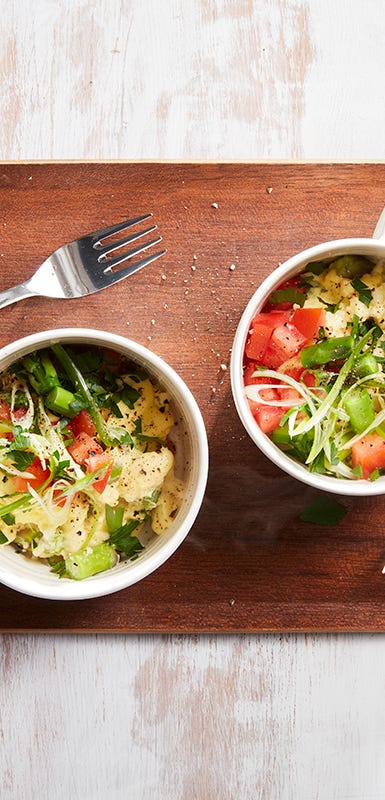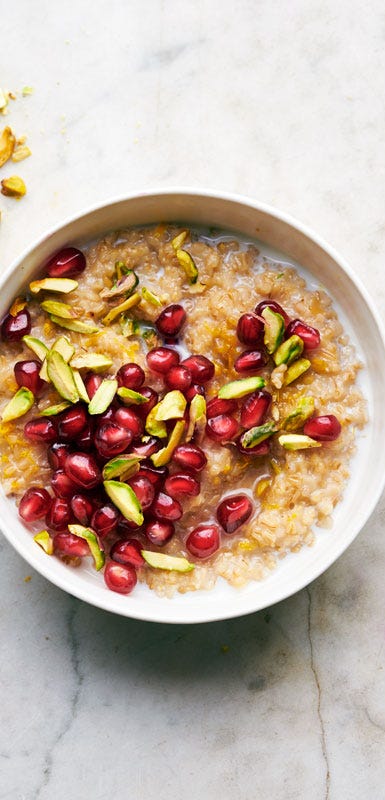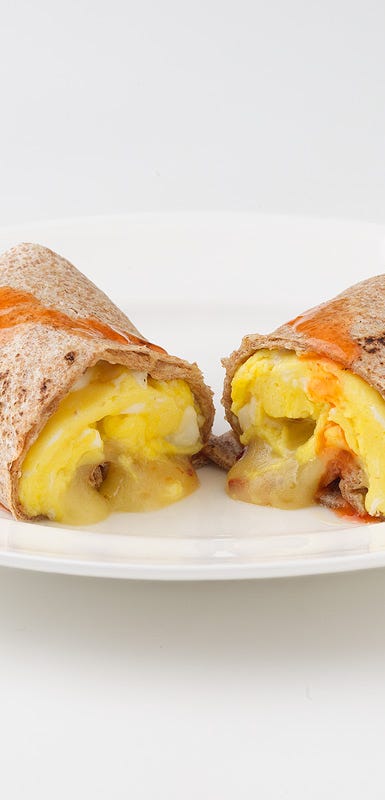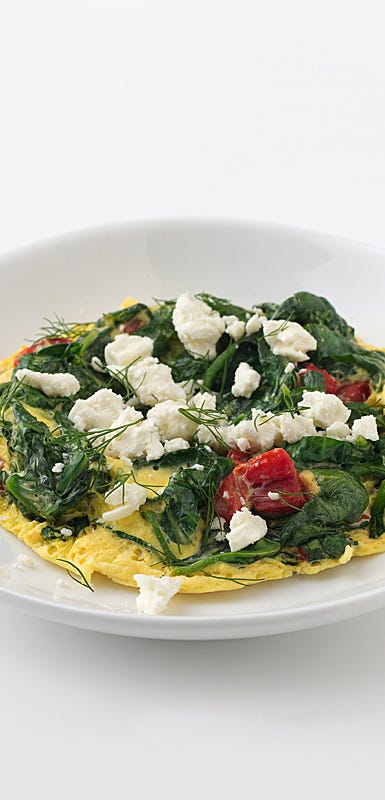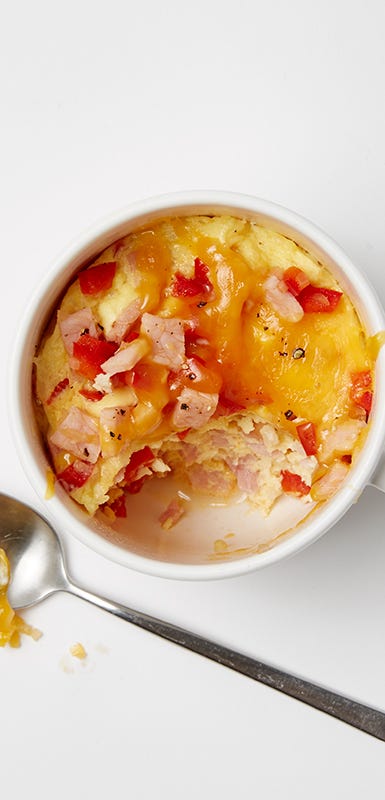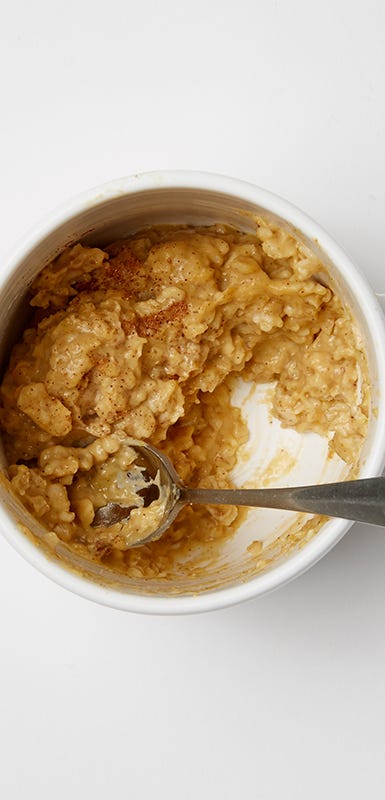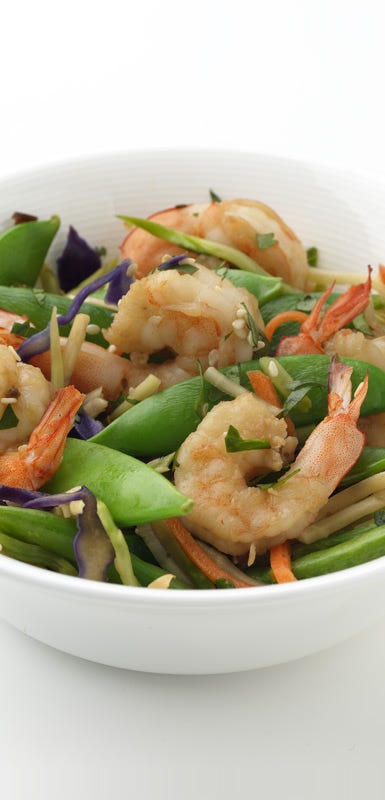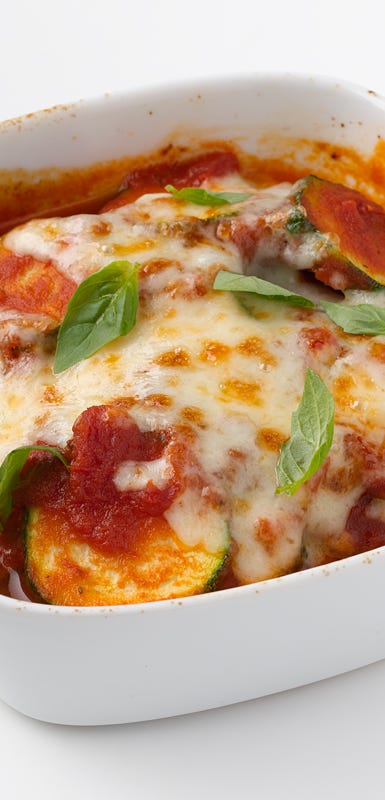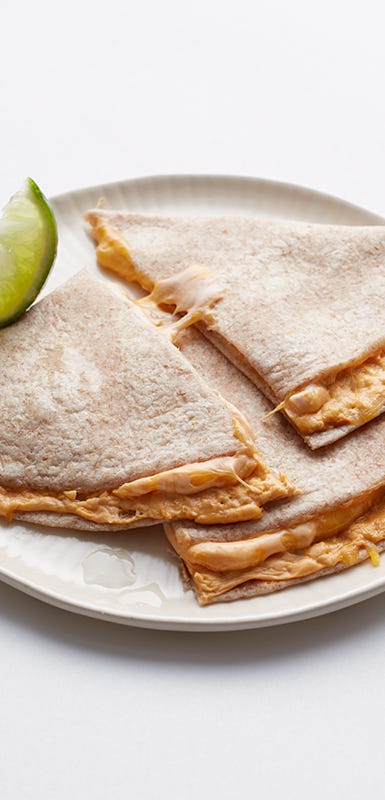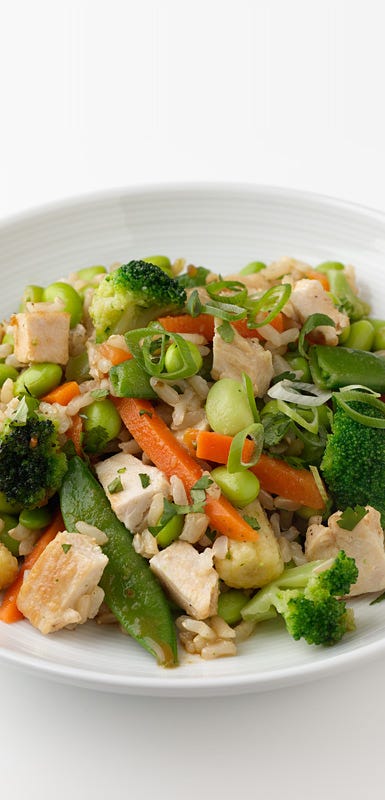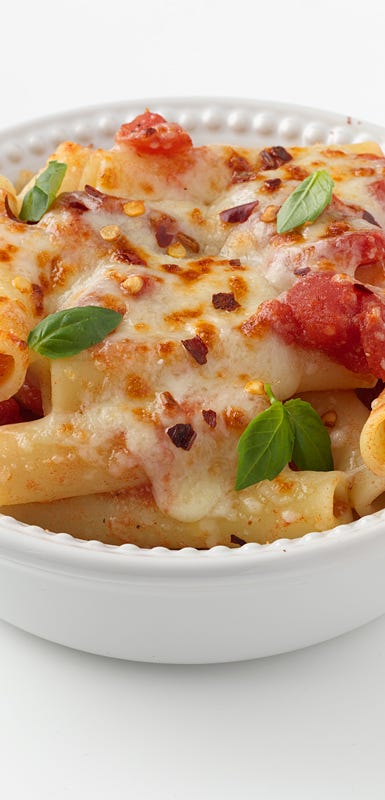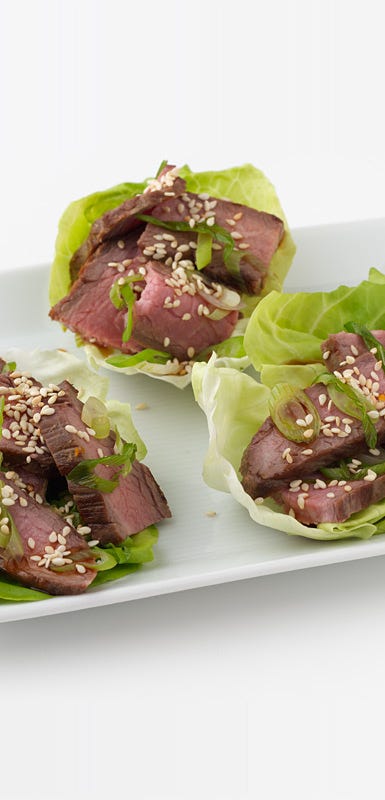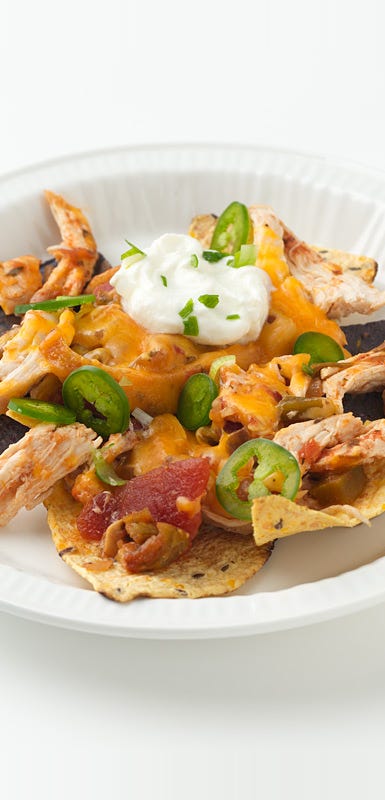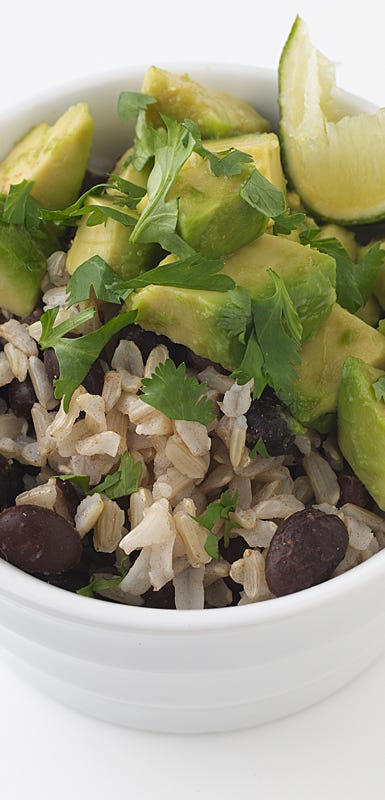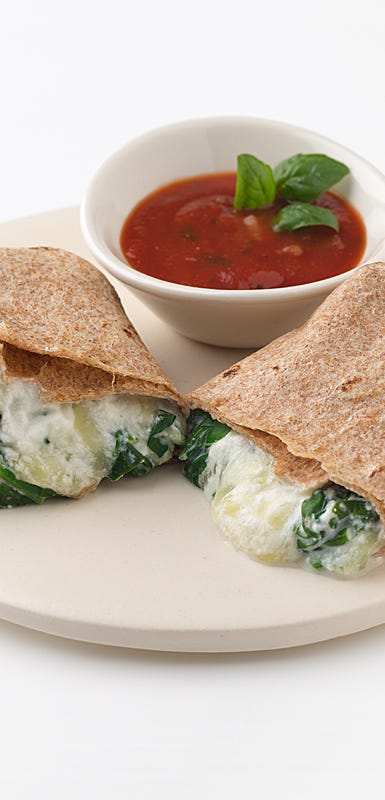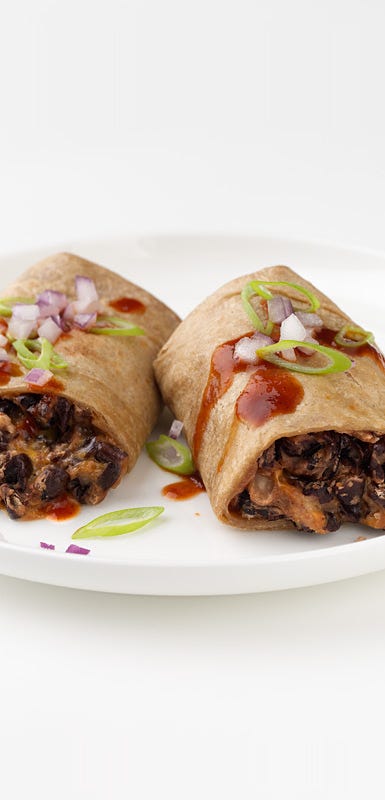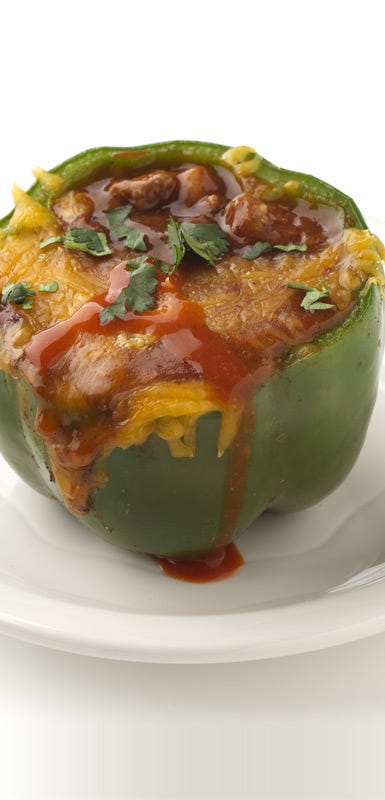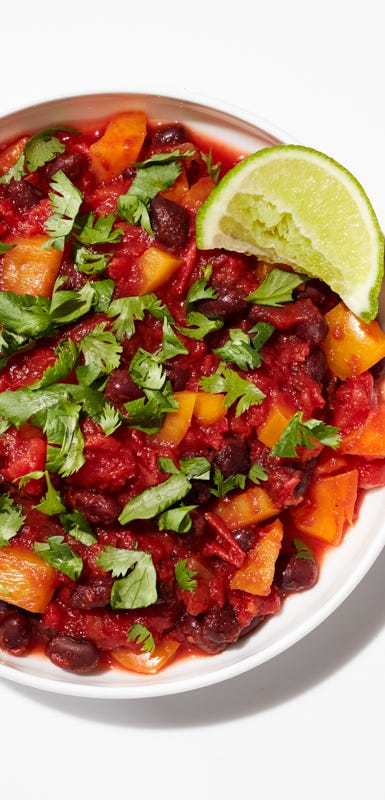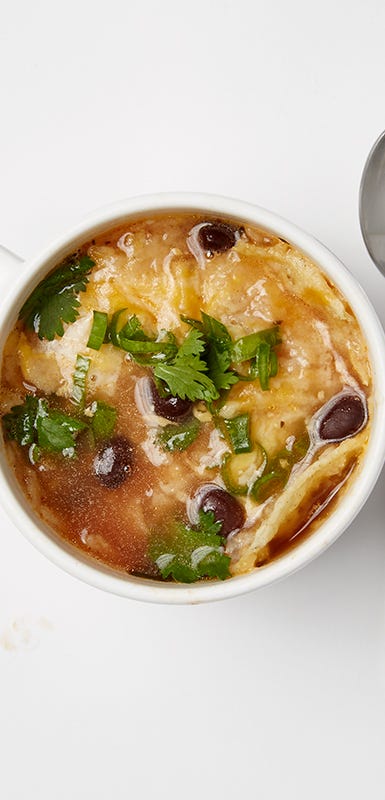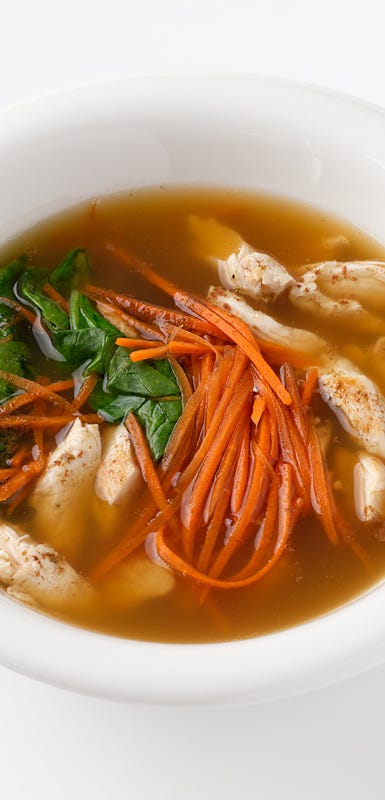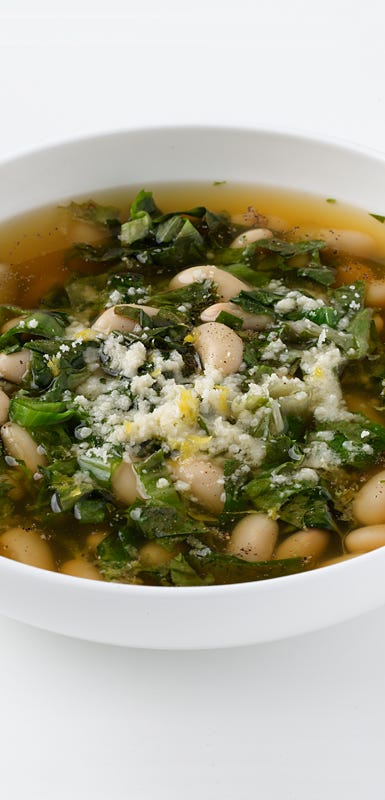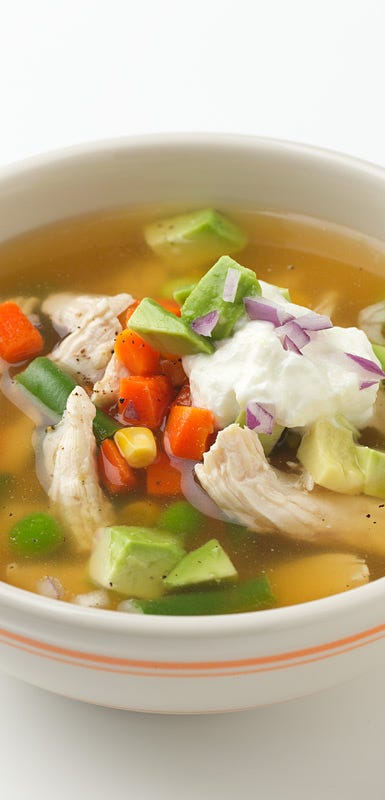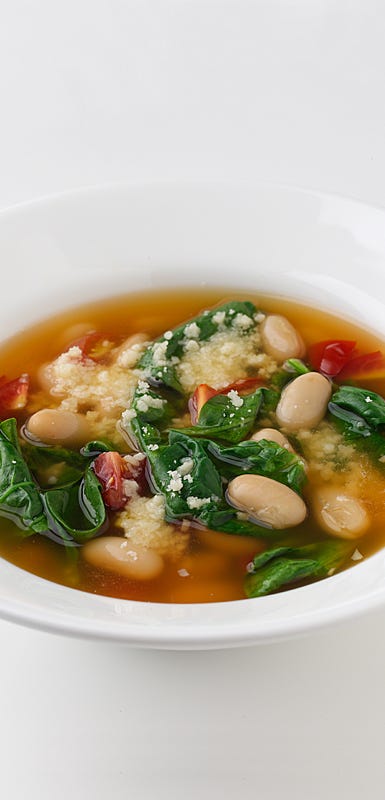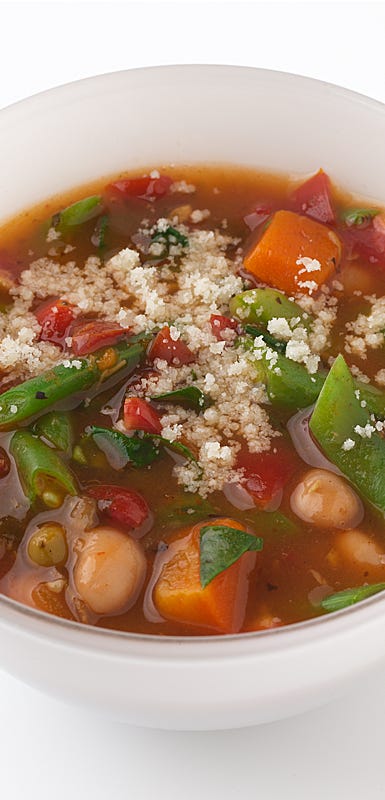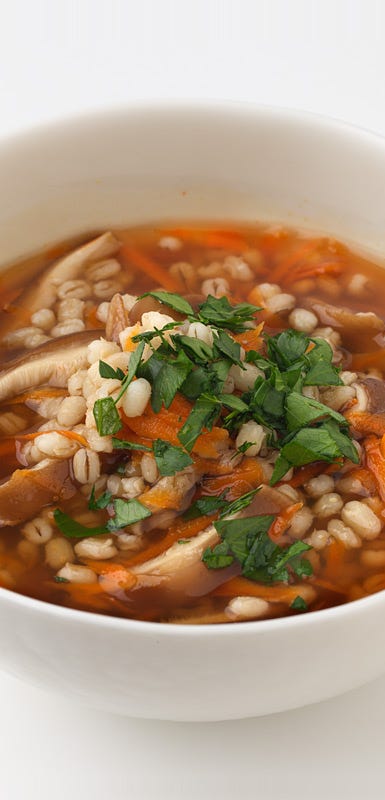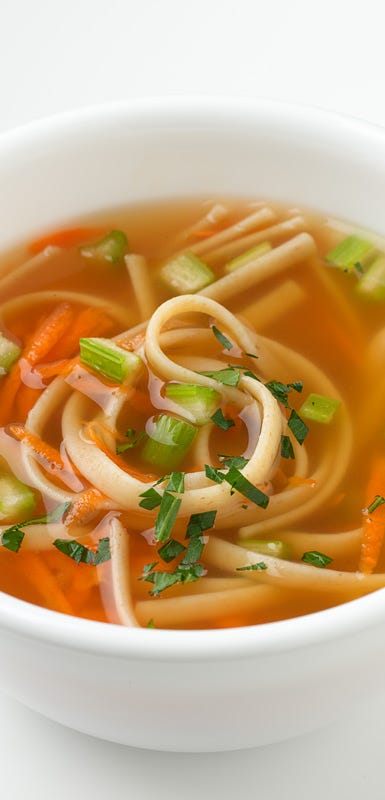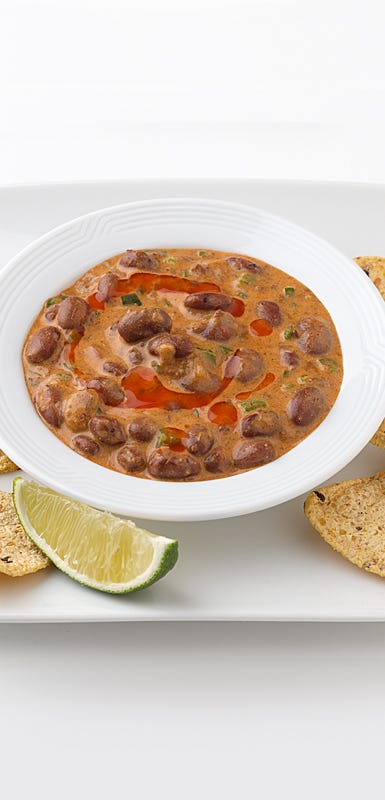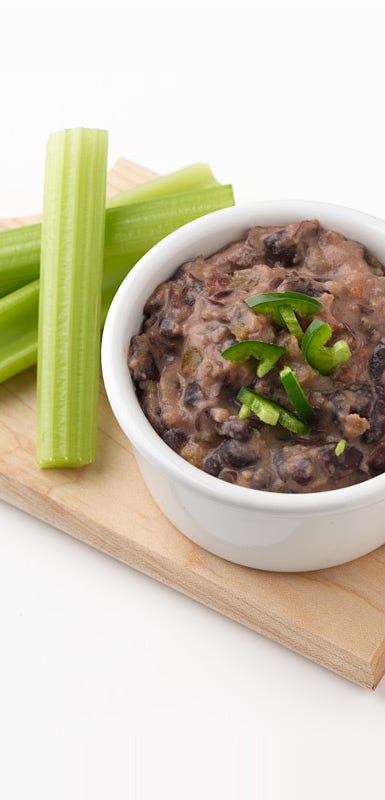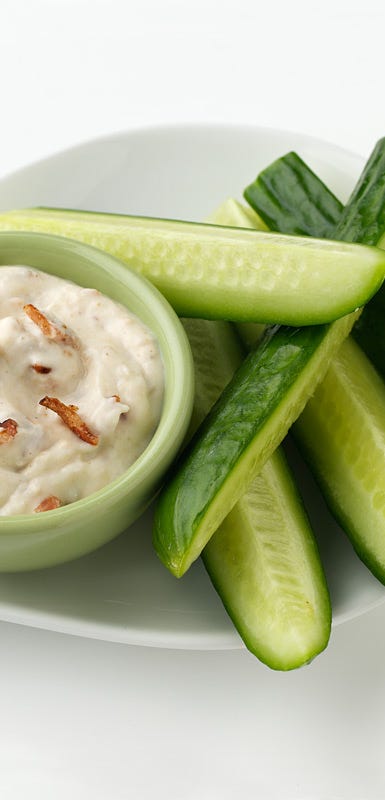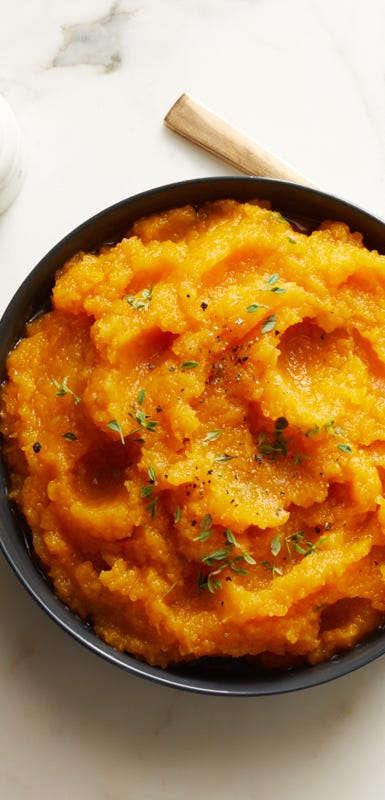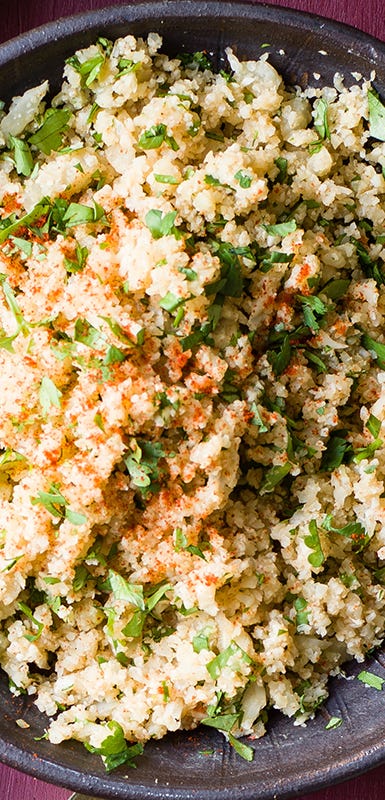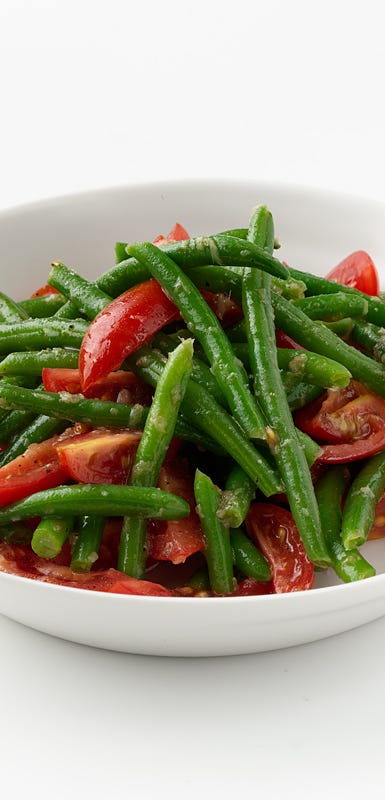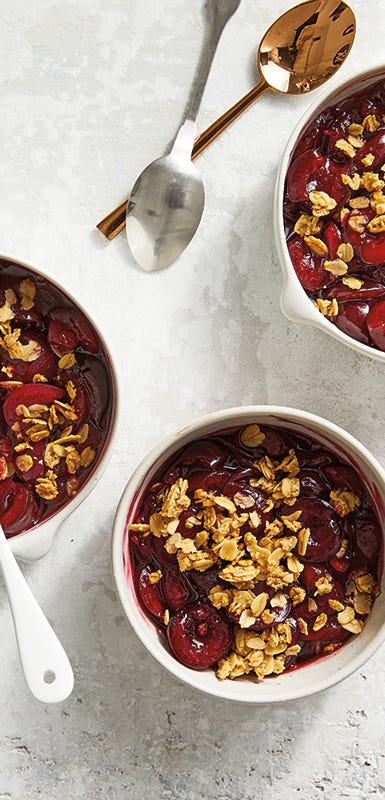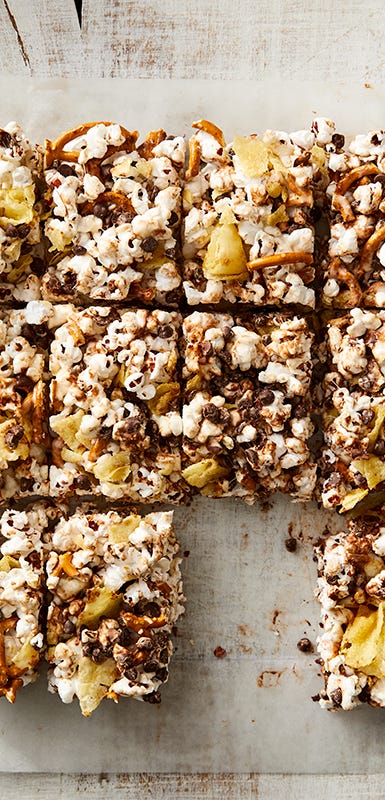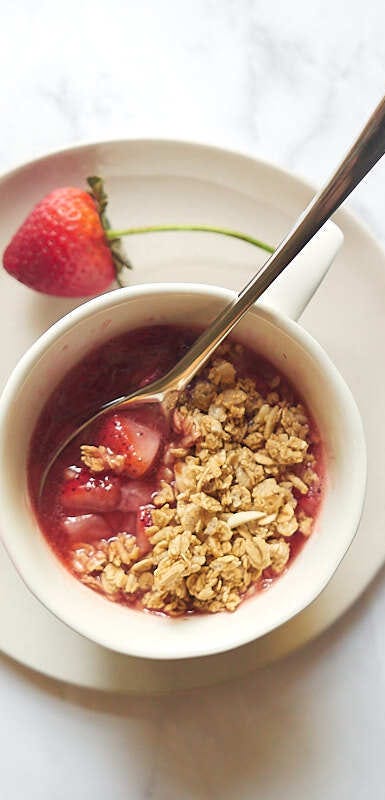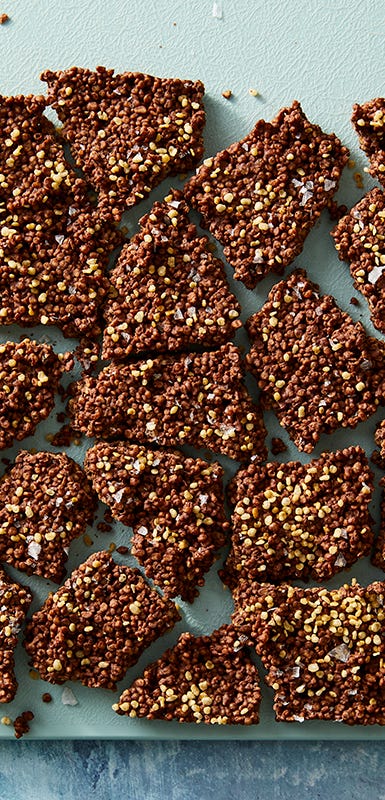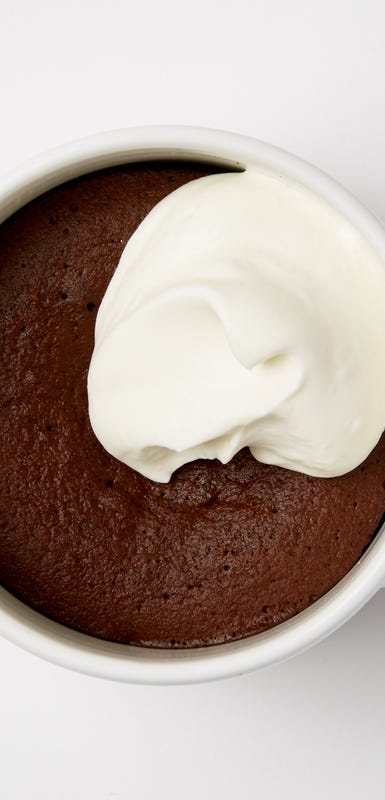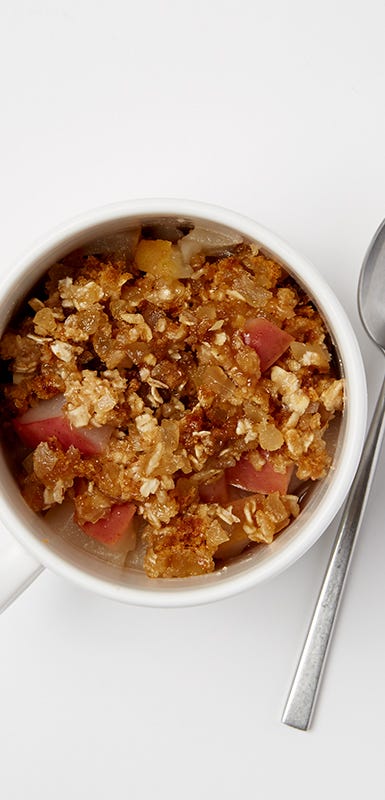Why the Microwave—Yes, Microwave—Is a Kitchen MVP
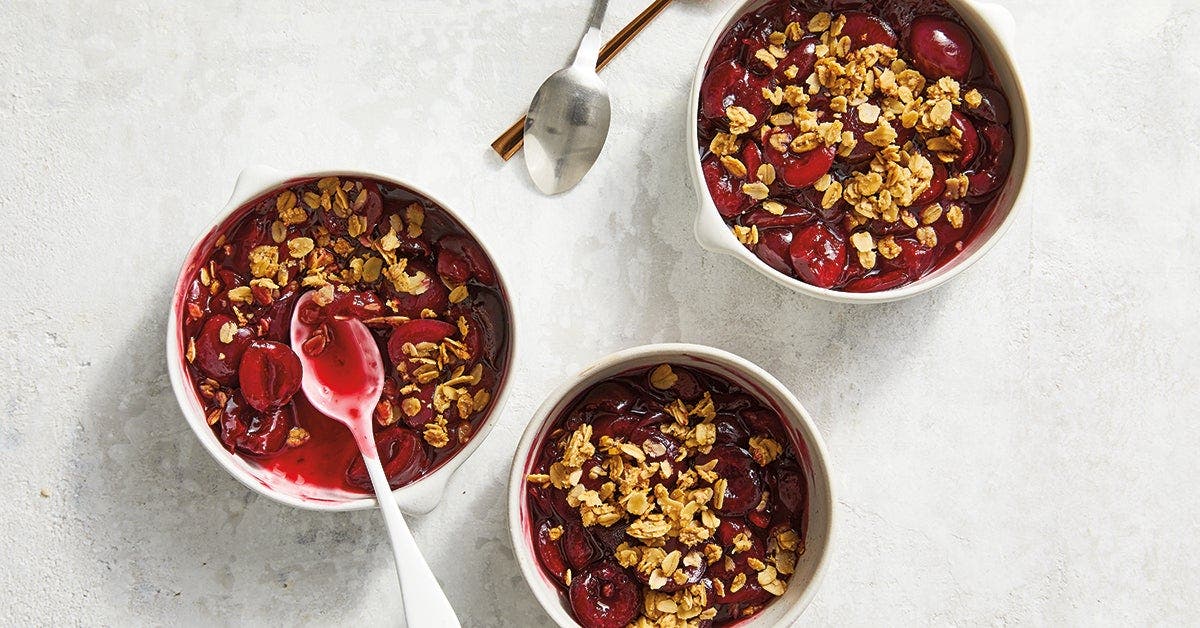
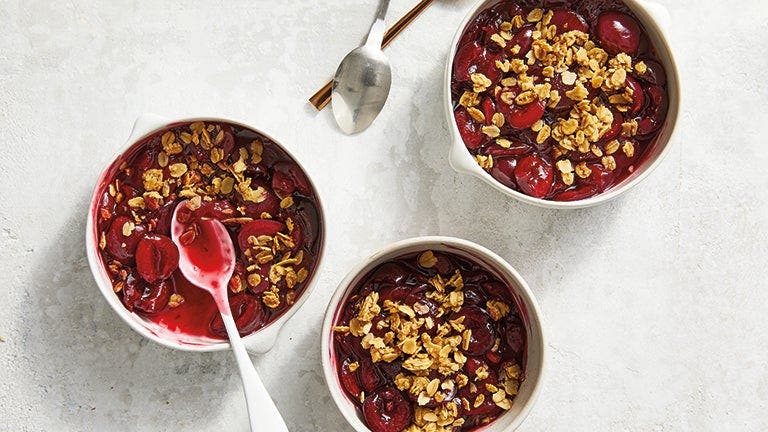
Instagram has nearly a million hashtagged posts on air fryers. There are hundreds of cookbooks devoted to Instant Pots. And yet, the microwave—found in more than 90 percent of homes—is relegated to reheating leftovers, popping popcorn, and perking up a lukewarm cup of coffee. Beep beep beep. The microwave is done with being underestimated.
“Microwaves are powerful cooking tools, which people don't always give them credit for,” says Lisa Chernick, cookbook author and executive food editor at WeightWatchers®. They’re particularly good at steaming (veggies and fish) and baking (egg scrambles and mug cakes). In fact, you can think of your microwave as the ultimate sous chef—it can handle a surprising number of tasks, eliminate cleanup, and have perfectly-cooked dishes ready in mere minutes.
It may also be your secret weapon for eating well and staying on track. Compared to searing or frying, microwave-cooking typically relies less on higher-PersonalPoints™ ingredients like oil, butter, or heavy breadings. And get this, food made in the microwave may actually be better for you. Hear us out: Any type of heating can lead to some loss of nutrients, including vitamins B and C, says Julie Garden-Robinson, PhD, RD, professor and food and nutrition specialist at North Dakota State University. But research suggests veggies and other foods retain more of their nutrients when microwaved compared to other cooking methods.
6 Surprising Foods You Can Cook in the Microwave
Sold on the brilliance of the microwave? Let’s talk about all the goodies you can make in the appliance.
Eggs: Get restaurant-quality poached eggs every time. Fill a mug with ½ cup water, crack an egg into it (make sure it’s fully submerged), and cover with a saucer or small plate. Microwave on high for 30 seconds, then check if the whites are fully cooked. If not, keep cooking in 10-second increments.
Fish: If you cook fish at home, you know the line between perfectly-flaky and totally dry is thin, but the extra moisture that comes with microwave steam-cooking can help you avoid overcooked seafood. Most white varieties (cod, flounder, halibut, and sole) and even salmon filets steam beautifully. Place fish in a microwave-safe shallow dish, drizzle with olive oil, lemon juice, or white wine, and cover with a lid or plastic wrap. Thicker fillets will need a few minutes, but start checking on thinner ones about 90 seconds in. Add time until the edges are flaky and the middle is opaque.
Vegetables: When done right, microwaved veggies stay crisp and keep their color. Here’s the secret: You need less water than you may think—just three tablespoons of water per pound of produce. Cooking times vary based on the veggie and your microwave’s power, but a good rule of thumb if you’re making a mix: Put thicker veggies in the microwave first, then add the less dense ones incrementally.
Potatoes and Sweet Potatoes: If potatoes are part of your ZeroPoint™ foods list, we have good news: Instead of devoting upwards of an hour and the entire oven to baking a single spud, you can microwave one in less than 10 minutes. Puncture a clean potato with a fork, place on waxed or parchment paper, and cook on high for 5 minutes. Let stand for 2 minutes.
Rice: Rice can be tricky to get just right. And if you’ve ever spent 45 minutes babysitting a pot of brown rice, only to have it end up burnt or mushy, you know the struggle. For perfect, stress-free results, add 3 cups of water to 1 cup of rice, and pop it in the microwave at 100% for 10 minutes. Then cover and cook on 50% for 20 minutes. Let stand for about 5 minutes.
Single-Serve Desserts: Want something sweet but don’t want to look at a plate of cookies or an entire cake for the rest of the week? Mug cakes, crisps, and more can be ready in minutes, and come with the bonus of built-in portion control, says Chernick. Plus, since they’re cooked and enjoyed in the same bowl or mug, you’ll have just a single dish to wash.
39 Delicious Microwave-Only Recipes
We like to call them “micro” recipes—short on time, big on flavor. Start to finish, the box is the only appliance you’ll need!
Lunches & Dinners
And Now...4 Microwave Don’ts
- Skip stirring halfway: No, the instructions to cook for “two 30-second increments” or “flip halfway” doesn’t mean you can hit 60 seconds and be done. One downfall of microwave ovens is that they don’t heat food evenly. This can lead to undercooked spots where bacteria may potentially thrive, so this midpoint stir is a must.
- Reheat leftovers in the takeout container: Microwaving in plastic containers may cause chemicals to leach into food. Instead, reach for glass or ceramic containers.
- Ignore the “let food rest” note: Even after the microwave’s final “your food is ready” beep, food continues to heat up. If you dig into a dish without letting it sit, it may be unsafely undercooked.
- Boil water: You can warm water, but you want to avoid heating it to the point of boiling, says Garden Robinson. That’s because this can lead to something called superheating, when a liquid is heated higher than its boiling point. If this happens, picking up the cup may result in an eruption of the water, which can cause severe burns.
--
Lisa Schweitzer is a New York City-based food and lifestyle writer and editor.
Related Articles
- Easy Microwave Meals
- 5 One-Mug Dishes You Can Make in the Microwave
- Cook Once, Eat All Week with These Easy Batch Cooking Recipes

